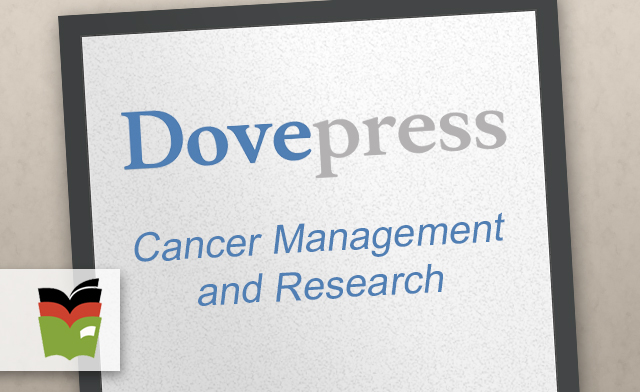Abstract: Follicular lymphoma (FL) is the second most common type of non-Hodgkin’s lymphoma. FL is an incurable disease with treatment options ranging from a “watch-and-wait” approach to localized therapy with radiation or systemic therapy with rituximab in combination with chemotherapy regimens. This review summarizes the role of rituximab across the spectrum of FL treatment and the evolving therapeutic landscape with the emergence of novel agents currently in clinical development. Despite the prospect of new agents on the horizon, it is widely accepted that rituximab will remain as the cornerstone of therapy because of its established long-term efficacy. Many biologics, including rituximab, have lost exclusivity of composition-of-matter patent or will do so in the next few years, which is a concern for patients and physicians alike. Moreover, access to rituximab is challenging, particularly in countries with restricted resources. Together, these concerns have fueled the development of safe and effective biosimilars. The term “biosimilar” refers to a biologic product that is highly similar to an approved reference (or originator) product, notwithstanding minor differences in clinically inactive components, and for which there are no clinically meaningful differences in purity, potency, or safety. Biosimilars are developed to treat the same condition(s) using the same treatment regimens as an approved reference biologic, and have the potential to increase access to more affordable treatment of FL. Herein, we also discuss the potential benefits of eagerly awaited rituximab biosimilars, which may mitigate the impact of the lack of access to rituximab.
Keywords: biosimilar, follicular lymphoma, non-Hodgkin’s lymphoma
INTRODUCTION
Non-Hodgkin’s lymphoma (NHL) accounts for approximately 3%–4% of all cancers worldwide.1 NHL is a growing problem, with the global prevalence projected to rise to more than 0.4 million in 2016, and estimates suggest that approximately half of new NHL cases will result in death.2
Follicular lymphoma (FL) is the second most common type of NHL and accounts for 10%–20% of all lymphomas.3 The most ubiquitous indolent lymphoma, FL is typically diagnosed in individuals 55–60 years of age and is slightly more prevalent in females.3 FL is characterized by painless swelling in several lymph node sites, with bone marrow involvement in approximately 70% of cases.4 Approximately 19% of patients present with “B symptoms”, such as fever, weight loss, or night sweats, at the time of diagnosis.3,4 FL predominantly originates from B lymphocytes. CD20 is a B-cell-specific antigen expressed on both malignant B cells, including FL and healthy cells, and is involved in the proliferation and differentiation of normal B cells.5 As such, targeting CD20 is an optimal therapeutic strategy and plays a central role in the treatment of FL.
